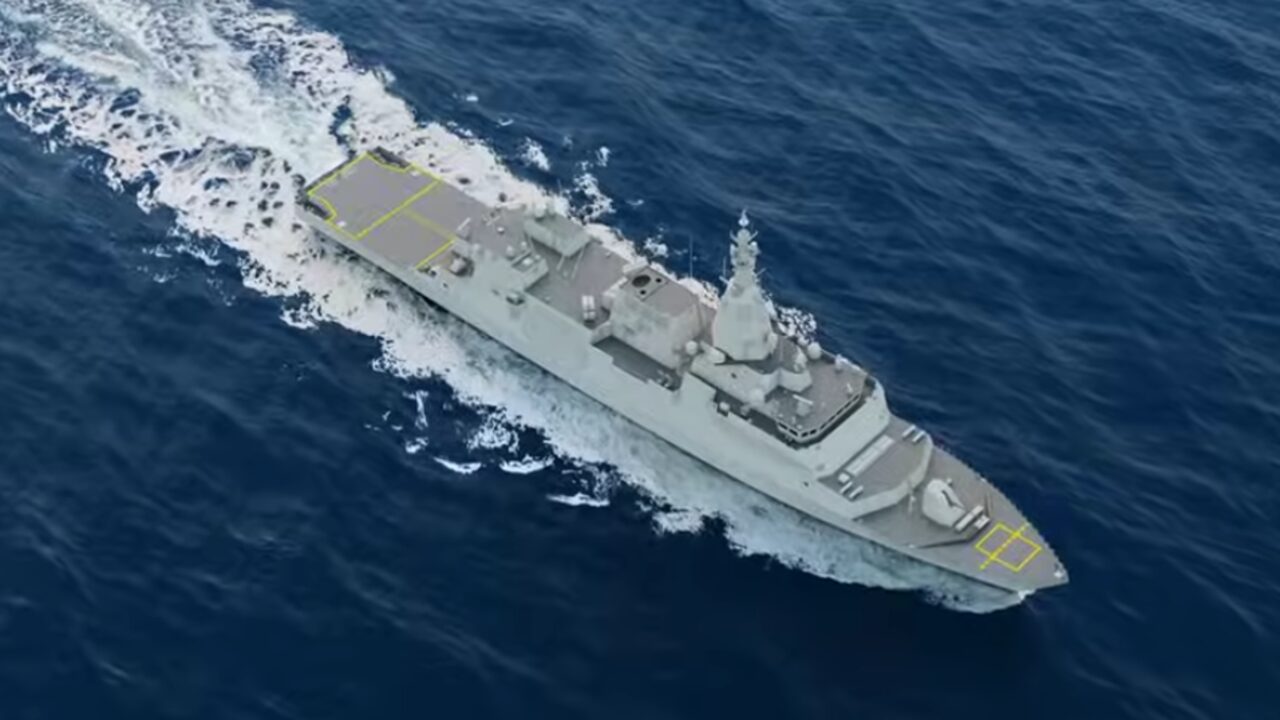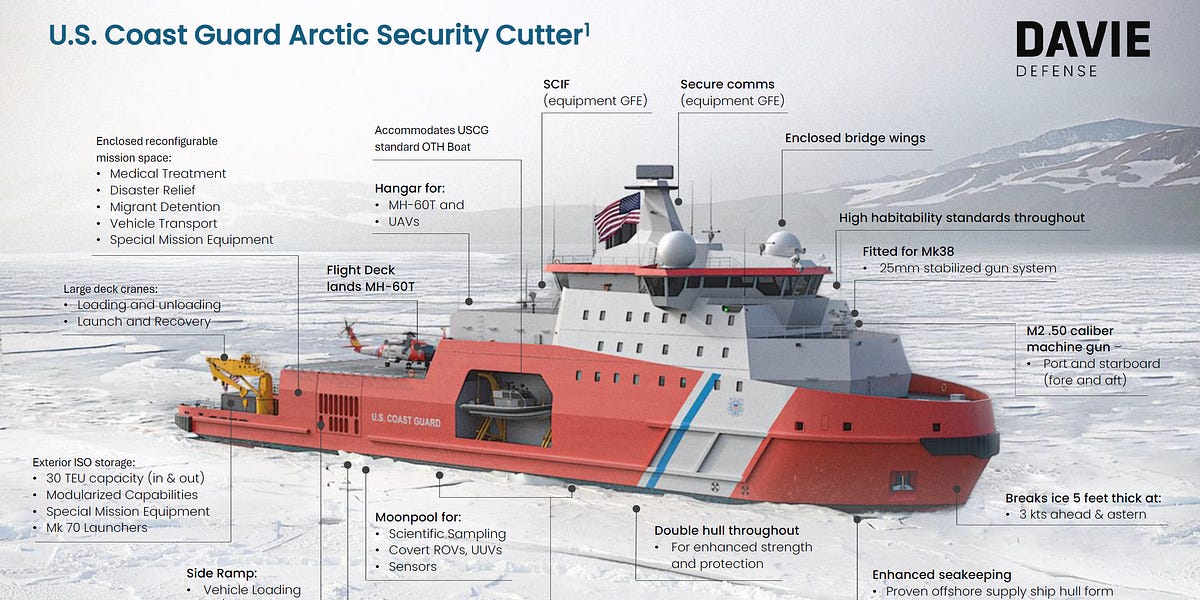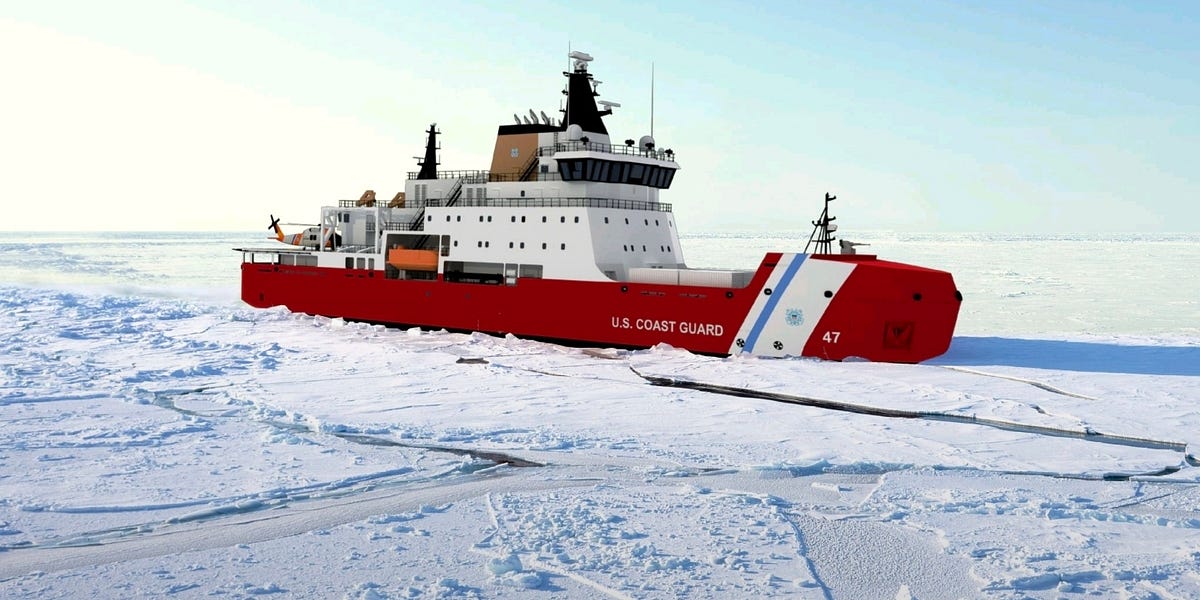- Reaction score
- 11,791
- Points
- 1,160
Yay missile defence conversation. In a ship contect. First thing lets talk about the fire control problem.
You have to hit a moving object, with a moving projectile going through a moving medium, shot from a moving platform. That's multiple third order equations stacked on top of each other (angular acceleration, rotational acceleration, exact position calculations, predictive position calculations and so on).
To hit that moving object you have to detect, identify, track, localize and then target it before you can shoot it.
With a Ballistic missile a lot of these things are done more easily at different phases of its flight. Launch is pretty easy, it climbs and the math is straight forward. So this is why long range missiles are dangerous as you can protect them during the launch phase using distance.
In its ballistic phase its hard to track and localize as its moving very fast and the course keeps changing... you have to also try a predictive shot on where it might be, such as a crossing target (very hard to lead these sorts of missiles).
In its terminal phase IF you are the target AND you have high angle radar you can probably shoot it down as its flying directly at you. Lower altitudes restrict the speed of ballistic missiles due to how thick the air is, so Mach 5 is probably their max speed IF they are designed for it. But high angle radars are not normally a thing for ships, which is why missiles often have pop up attacks. The speed however is a real problem for a lot of radars as they cannot compute fast enough to get a targeting solution before its to late. A lot of anti ship ballistic missiles have terminal phases where they act more like normal supersonic cruise missiles, because hitting the moving ship is not easy either.
AI can help you learn to fight these (predictive modelling in wargames for example). But new AI isn't going give you a quantum leap in helping you fight the ship, there already are libraries of responses, with most combat management systems will automatically recommend when being attacked by something. Most good CMS can just fight the ship for you if time is an issue. AI on a ship may be able to learn the particulars of that ship over time which is interesting, so it makes better recommendations or optimizes sensors for the crew based on conditions or context.
But its not a magic bullet.
So crossing targets are harder to kill than targets on approach where you know the point of impact, you, and you are aiming backwards along the flight path.
That would suggest that CIWS systems have a higher hit probability than the area defence missiles?
Might that, in turn, suggest that if there is a real aerial threat then the better investment would be short range point defence effectors cued by an extensive sensor system?





